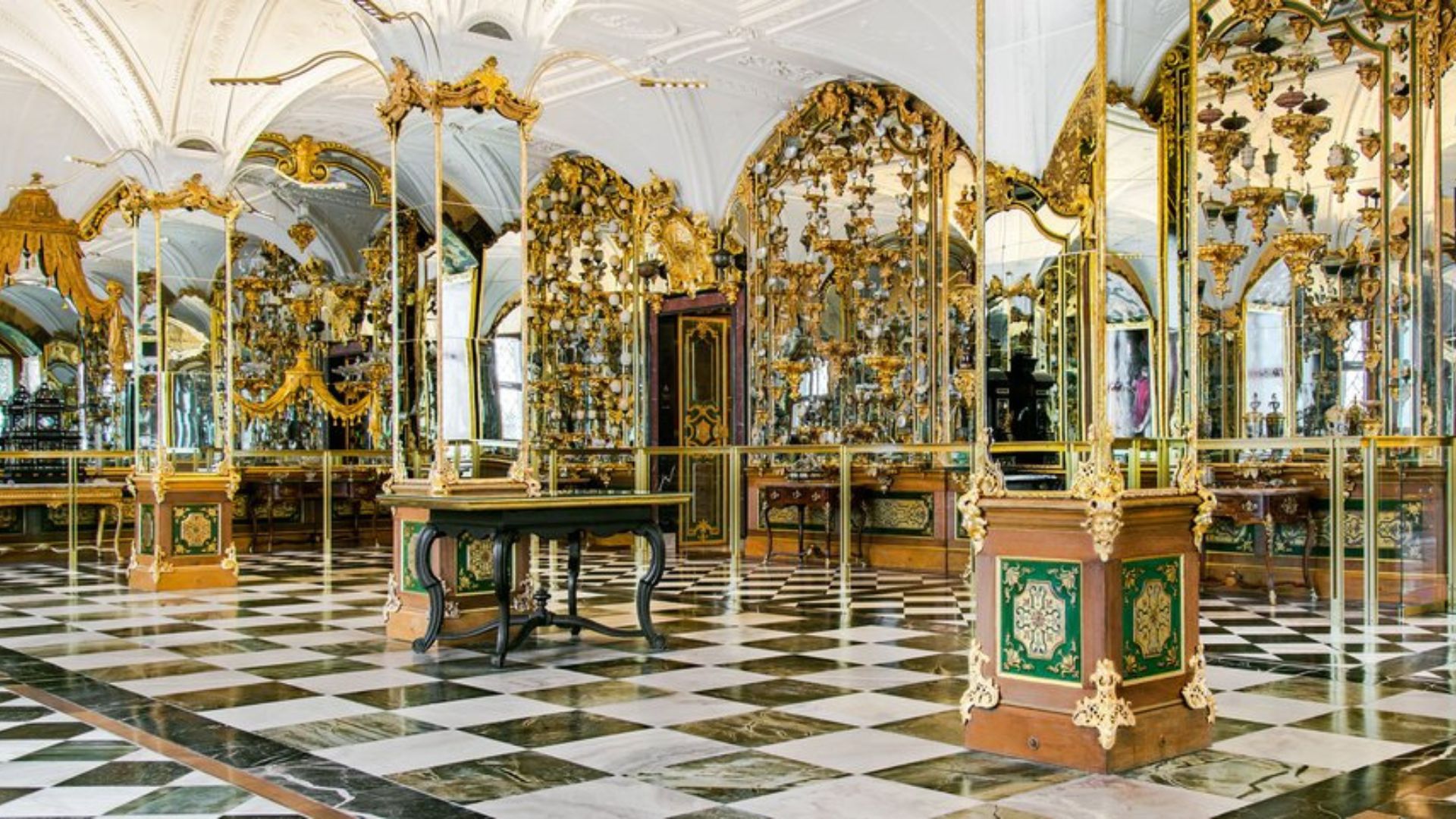Police in Germany recovered a number of 18th-Century treasures stolen from a Dresden museum during a $119m heist in 2019.
The items were reportedly found after talks with the lawyers of six men currently on trial for the theft.
The thieves stole the treasures from part of a collection created in 1723 by Saxony's ruler, Augustus the Strong. They were housed in the vault, known in German as Dreden's Grünes Gewölbe, until the robbery 2019.
Authorities returned 31 objects to the Green Vault Museum after being secured overnight in Berlin. The returned items will now be examined by specialists in order to confirm the pieces' authenticity.
Among the items are a diamond-encrusted breast star and a richly-jewelled Heron Tail hat decoration.
German officials believe the heist was well-planned and professionally carried out. Before breaking into the museum, the thieves set fire to a circuit-breaker panel, plunging the streets around the museum into darkness.
Several masked figures then broke into the gallery, before smashing a glass display case with an axe and retrieving the jewels with fishing twine. They then escaped in an Audi getaway car, which police later found on fire in an underground car park. The entire operation is believed to have taken less than 10 minutes.
Not all of the items have been found, however. An epaulette which includes a precious stone known as the Dresden White Diamond is still missing.
The trial of the thieves, which started in January, is set to resume on Tuesday, AFP news agency reports.
The Green Vault collection is housed in eight ornate rooms in the Residenzschloss - a former royal palace. It is called the Green Vault because some rooms were decorated with malachite-green paint.
 Three rooms were destroyed by Allied bombing in World War Two, but after the war the museum was restored to its previous glory.
Three rooms were destroyed by Allied bombing in World War Two, but after the war the museum was restored to its previous glory.
There are about 3,000 items of jewellery and other treasures decorated with gold, silver, ivory and pearl.
The collection was founded by Augustus the Strong. He was Elector of Saxony - a German prince entitled to take part in the election of the emperor - and later king of Poland.
-BBC